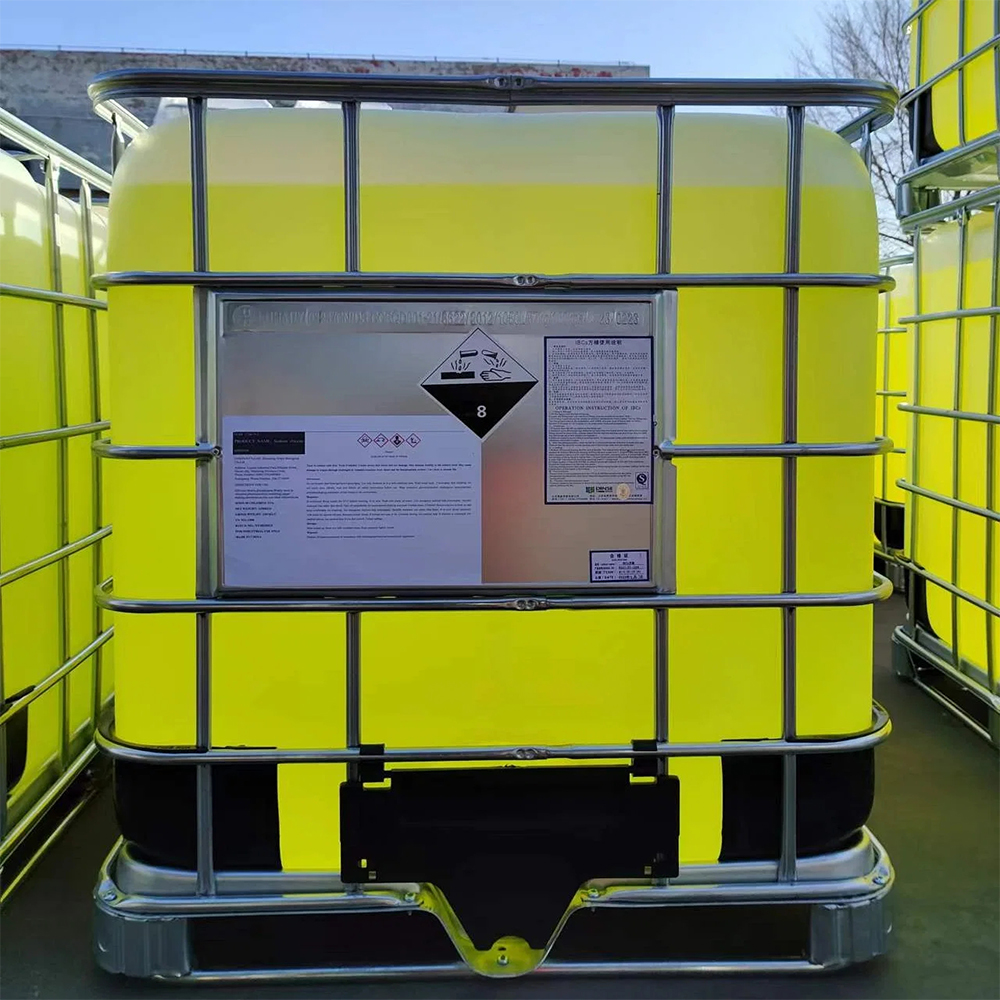



chemicals used in drinking water treatment
Chemicals Used in Drinking Water Treatment
Drinking water treatment is a vital process that ensures the safety and quality of the water we consume. The primary objective is to eliminate harmful contaminants and make the water safe for human consumption. This multifaceted process incorporates various chemicals, each with a specific role in the treatment system. Here, we delve into the key chemicals commonly used in drinking water treatment.
1. Coagulants
Coagulation is one of the first steps in the treatment process, and it involves the addition of coagulants to destabilize suspended particles in water. Aluminum sulfate, commonly known as alum, is the most frequently used coagulant. Upon addition to water, alum hydrolyzes and forms aluminum hydroxide, which then enmeshes impurities, allowing them to clump together into larger particles called flocs. This process makes it easier to remove these contaminants in subsequent filtration.
2. Flocculants
Following coagulation, flocculation assists in aggregating the smaller flocs into larger formations, which can settle out more efficiently. Flocculants, such as polyacrylamides, are often introduced to enhance this process. These synthetic polymers increase the size and density of the flocs, improving the efficiency of sedimentation and filtration. The presence of flocculants helps minimize the amount of residual impurities left in the water.
3. Disinfectants
Disinfection is a crucial stage in drinking water treatment aimed at killing harmful pathogens. Chlorine is the most widely used disinfectant, effective against a broad spectrum of bacteria, viruses, and protozoa. While chlorine is effective, it can form harmful byproducts known as trihalomethanes (THMs) when it reacts with organic matter in water. As a result, alternative disinfectants such as chloramines and ozone are increasingly utilized. Chloramines, a combination of chlorine and ammonia, offer a longer-lasting disinfection effect, while ozone is a powerful oxidant that leaves no residual taste or odor.
chemicals used in drinking water treatment

4. pH Adjusters
Maintaining an appropriate pH level is essential for optimal treatment processes and effective disinfection. Chemicals such as lime (calcium hydroxide) or sodium hydroxide are commonly added to adjust the pH of water. If water is too acidic, these alkaline materials will neutralize it, enhancing the coagulation process and improving the solubility of certain minerals.
5. Corrosion Inhibitors
Corrosion inhibitors play a crucial role in safeguarding the water distribution system. Chemicals such as phosphates and silicates are added to drinking water to prevent the leaching of metals, such as lead and copper, from pipes into the water supply. Without these inhibitors, corrosive water can compromise both the integrity of the plumbing system and the quality of the drinking water.
6. Nutrient Addition
In some cases, nutrients like orthophosphate may be added to encourage the growth of beneficial microorganisms in the distribution system. These microorganisms can help control biofilms and maintain water quality. However, this approach must be carefully controlled to avoid harmful algal blooms or other adverse effects.
Conclusion
The treatment of drinking water is a complex process that heavily relies on the strategic use of various chemicals. Each chemical serves a specific purpose, from removing impurities to ensuring safe disinfection. Understanding the roles these chemicals play is essential for maintaining water quality and protecting public health. As technology advances, the treatment processes and chemicals may evolve, but the core aim remains the same providing clean, safe drinking water to communities. Awareness of these chemicals and their effects can foster greater public trust and encourage responsible water management practices.
-
Why Sodium Persulfate Is Everywhere NowNewsJul.07,2025
-
Why Polyacrylamide Is in High DemandNewsJul.07,2025
-
Understanding Paint Chemicals and Their ApplicationsNewsJul.07,2025
-
Smart Use Of Mining ChemicalsNewsJul.07,2025
-
Practical Uses of Potassium MonopersulfateNewsJul.07,2025
-
Agrochemicals In Real FarmingNewsJul.07,2025
-
Sodium Chlorite Hot UsesNewsJul.01,2025










